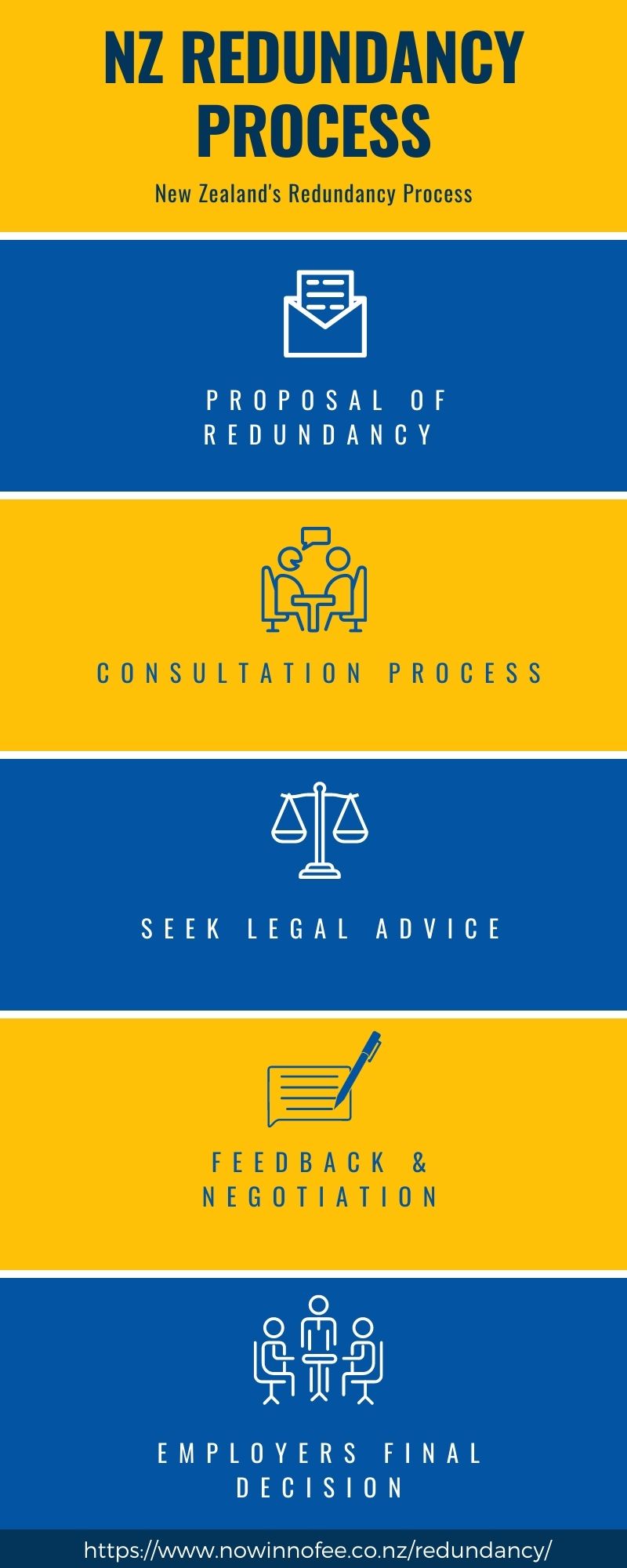Explained: If a Company Goes Bust Who Pays Redundancy in the UK?
Explained: If a Company Goes Bust Who Pays Redundancy in the UK?
Blog Article
Exploring the Interplay In Between Firm Redundancy and Organizational Flexibility for Future Development
In the vibrant landscape of today's company globe, the detailed relationship in between business redundancy and business versatility emerges as an important element for sustained development and success. Companies typically deal with the challenge of striking a delicate equilibrium between keeping a level of redundancy to minimize threats and cultivating versatility to respond quickly to the ever-evolving market needs.
Relevance of Business Redundancy
Business redundancy is a critical aspect that enhances business resilience and minimizes operational dangers. By integrating redundancy steps within the business structure, companies can much better stand up to unanticipated interruptions and fluctuations in business atmosphere. Redundancy works as a calculated buffer, allowing companies to adapt and respond effectively to unanticipated difficulties without endangering essential procedures.
One key aspect of the significance of business redundancy is its duty in ensuring connection during times of crisis. When confronted with sudden changes or emergency situations, repetitive systems, resources, or employees can step in to keep important functions and stop prevalent interruptions. This continuity not only safeguards the business's track record and customer trust yet likewise reduces economic losses and operational downtime.

Strategies for Organizational Adaptability

Producing versatile business frameworks that enable for fast changes to market characteristics and consumer demands is vital for remaining affordable in a quickly developing atmosphere. By proactively recognizing potential disturbances and possibilities, organizations can proactively adapt and grow in an ever-changing company landscape.
Balancing Redundancy and Adaptability
Attaining an unified stability in between functional redundancy and organizational versatility is paramount in browsing the complexities of a vibrant company environment. Striking the best balance between redundancy and flexibility is a delicate process that requires a deep understanding of the organization's objectives, market characteristics, and risk resistance.
To accomplish this equilibrium, companies require to conduct routine evaluations of their procedures to determine locations where redundancy is required for danger mitigation and where flexibility can drive technology and development. Executing versatile structures, cultivating a society of constant knowing and he has a good point renovation, and motivating open interaction across all levels of the organization are essential strategies to harmonize redundancy and flexibility successfully. By aligning these two essential components, companies can position themselves for sustainable growth and success in an ever-changing service landscape.
Situation Studies on Adaptation Success
In taking a look at circumstances of effective organizational adjustment, it becomes noticeable that the interplay in between operational redundancy and flexibility is a defining consider forming durable businesses. One compelling situation research is that official statement of Netflix. Initially a DVD rental solution, Netflix demonstrated remarkable adaptability by transitioning right into a streaming system when digitalization interfered with the industry. By strategically investing in technology and material creation, Netflix not only made it through however flourished in a rapidly evolving market. One more standout instance is Amazon. Beginning as an online book shop, Amazon constantly adapted its service design, expanding into varied fields such as cloud computer and expert system. This flexibility allowed Amazon to stay ahead of rivals and fulfill altering customer needs. Lastly, Adobe provides a noteworthy image of successful adaptation. The firm moved from selling software application licenses to a subscription-based design, ensuring reoccuring profits streams and enhanced client engagement. These study emphasize index the significance of operational redundancy combined with organizational adaptability in promoting long-term development and competitiveness.
Structure Strength for Future Development
Structure strength for future development needs a critical placement of functional processes with market dynamics and emerging trends. Companies must adjust to transforming settings by promoting a culture of versatility, innovation, and continuous improvement. Strength includes not just recuperating from obstacles however additionally proactively planning for future obstacles. One key facet of structure strength is purchasing robust risk management approaches to minimize potential disturbances. This consists of scenario planning, expanding supply chains, and developing contingency prepare for numerous contingencies (who pays redundancy money).
Moreover, promoting solid connections with stakeholders, such as consumers, workers, distributors, and the neighborhood, is essential for weathering unpredictabilities and maintaining count on and assistance during rough times. Reliable communication and openness play an essential function in structure resilience, as they assist straighten expectations and assist in cooperation in navigating uncertainties.
Moreover, organizations need to prioritize discovering and growth initiatives to upskill workers and outfit them with the required tools to adjust to changing situations. By buying their labor force, companies can enhance their versatility and dexterity, ultimately enhancing their strength for lasting future growth.
Final Thought

In the vibrant landscape of today's service globe, the complex partnership in between business redundancy and organizational versatility emerges as a vital aspect for sustained growth and success. Firms frequently deal with the difficulty of striking a delicate balance between maintaining a degree of redundancy to mitigate threats and promoting flexibility to respond quickly to the ever-evolving market needs.To accomplish this equilibrium, companies need to perform routine evaluations of their operations to determine areas where redundancy is required for threat reduction and where versatility can drive innovation and development.In final thought, the interplay in between business redundancy and business versatility is vital for future growth. Building resilience with a combination of redundancy and adaptability will certainly guarantee that companies are prepared for the obstacles of the future.
Report this page